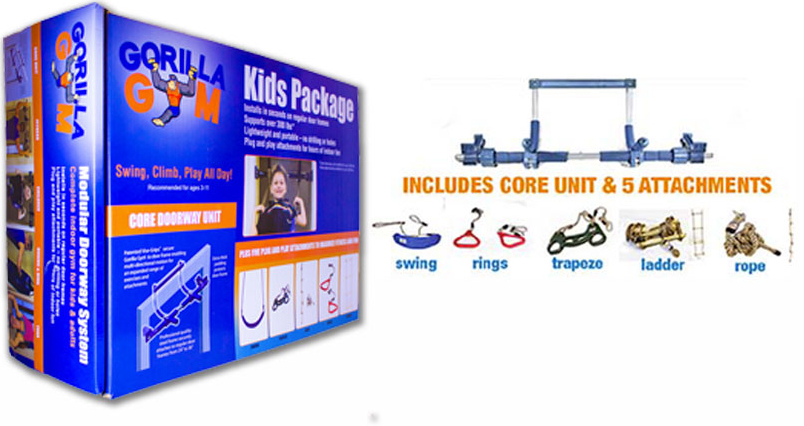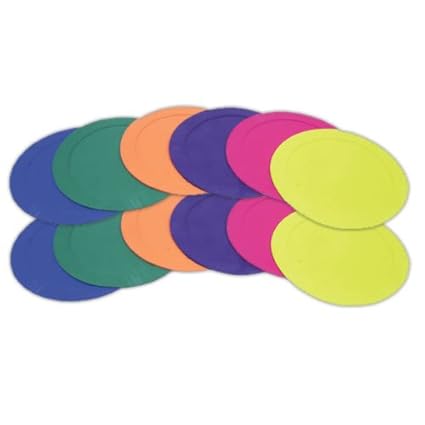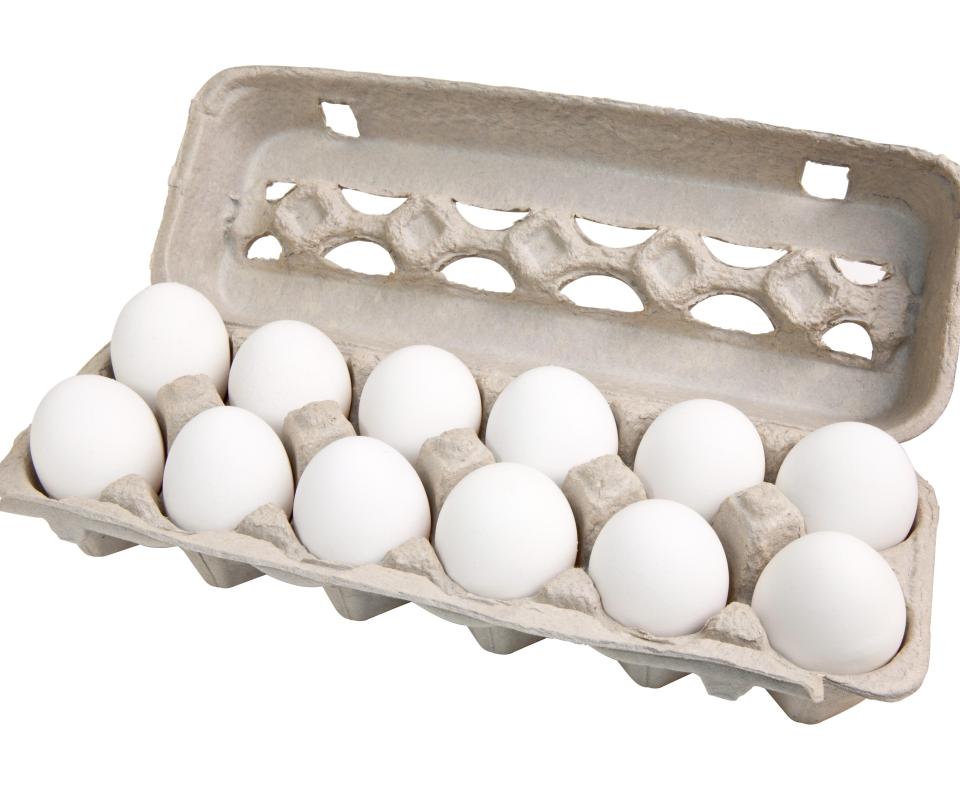We all know the benefits of exercise, but these benefits can mean even more for our children with Down syndrome as it encourages muscle strength, better balance, increases endurance, and establishes a foundation for a healthy, active lifestyle.
As with anyone beginning an exercise program, please discuss with your child's pediatrician before beginning. You should also consider your child's health, interest, limitations, abilities, strengths, weaknesses, balance, and time. You could also gather input from your child's therapists, such as the physical therapist. If your child has low energy levels, evaluate their thyroid status, nutritional status, and diet with a professional.
Need help getting started? Here are some suggestions that work for us. We usually begin our day with yoga. If you live in an area with limited internet, you can download the videos from youtube to your computer for free and have access to them anytime. When you find a video on youtube you enjoy, put "ss" in front of the word youtube in the webpage address box. If it says "www.youtube.com/star" then you simply change it to "www.ssyoutube.com/star " and hit the download button. Too easy!
Some ideas to get your family moving and make it fun:
*Cosmic Kids - super fun yoga for all ages. She dresses up and takes kids on a storybook like adventure each session. All videos are free on youtube.
*Yoga Kids - "YogaKids empowers children and teaches them the skills to better care for their bodies, access and interpret feelings, manage stress, solve problems, and connect to others". Videos for different ages and learning, such as Silly to Calm, ABC's, etc... I found their videos much cheaper here on Amazon though.
* Dance X - fun dance moves, but maybe a little fast the little ones. Here is a clip showing several of the dances.
* Debbie Doo and Bounce Patrol - my daughter's favorites to watch. They encourage lots of movements to fun children's songs. Favorites Star Jump and Hokey Pokey on youtube.
* Happy dance by The Learning Station - fun to dance too. Short video with lots of movement to music.
* Fit cards - the girls get to pull out a card to choose an exercise to do. This could travel easy also. Costs $7.95.

* Magic Moves Microphone - the kids push a button and it tells them what move to do, such as "gallop like a horse" or "stomp like a dinosaur". This encourages good listening too.
* Skip A Long - the rope is around one ankle while the other foot jumps over it. It does require balance and coordination of timing, so better for older kids.

* Small indoor trampoline - encourage them to jump (if no contraindications for health, such as neck instability, and be cautious with children who stim as this may encourage peripheral vision play). It is fun to do auditory processing (see previous post) before each jumping episode.
* Obstacle course - inside or outside. We set it up inside using these fun soft play blocks. Here is an example of a fun outdoor one. We do "follow the leader" and my 4 year old follows my 6 year wherever she goes. You could also make a small circuit training and have a sign for each even and use a timer to change stations every 30 seconds. Here is a short clip of ours in our home:
(See previous post here how insurance paid for this equipment)
* Jump rope
* Hopscotch - draw it in the dirt or on a sidewalk using chalk or use tape on your floors when indoors
* Walking - hiking - we call this our "Nature therapy" when we go walking through trails, by the river, or around the farm. We talk about everything we see. Sometimes I give them a list of items for a scavenger hunt to make them memorize things. We stop and write words or math problems in the dirt as we go.
* Biking - see this article how 30 minutes 3 times a week improved speech, dexterity, and IQ using "assisted cycle therapy". So strap them into their Smart Trike and get those legs moving as you push the little ones.
* Indoor gym - We love the indoor Gorilla Gym they got for Christmas. It has a trapeze bar, climbing rope, ladder, and regular swing. You can also attach a platform swing. It attaches to your door frame without making any holes into the frame and can hold up to 300 pounds. Pretty good indoor play for $150. See here:

* Basketball - we use a heavier cushioned ball indoors to build upper body strength.
* Balance beams - place a 2x4 piece of wood on the ground or use one like this.
* Dance class - see Presley 4 year old (DS) doing her routine here. It is always a fun work out for her and socializes her too. At home, put bubble wrap on the floor and have a loud dance party.
* Vinyl color dots on the floor. This creates unlimited possibilities from jumping, auditory processing, colors, counting, or just letting them use their imagination. We found these on Amazon for less than $20.

* Using tape on the floor for kids to follow: (thanks Pinterest)


* A fun exercise wheel.

* ABC exercise cards - click here and print

* Make fun exercise dice by clicking here.

* Cute idea called "exercise eggs" that uses eggs with notes inside there were hidden around the room.

* Others bowling, soccer or kicking a ball back and forth, climbing, croquet, hula hoops, Frisbee, tag, swimming, go to a park, skipping, gardening,
I hope this post encourages you and your family to get moving and have fun together.
Blessings,
Robin Tolliver





















